30 Years of U.S. Climate Policy
Legal Planet
JANUARY 12, 2023
EPA’s power to regulate greenhouse gases, established in litigation in 2007, now seems beyond question. remains a party to the UNFCCC , helped broker the Paris Agreement, and is till a party to that agreement today. should not enter into any climate agreement that fails to limit emissions from developing countries.


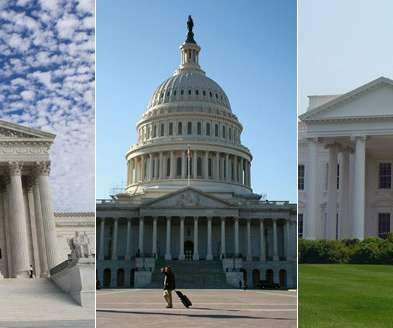
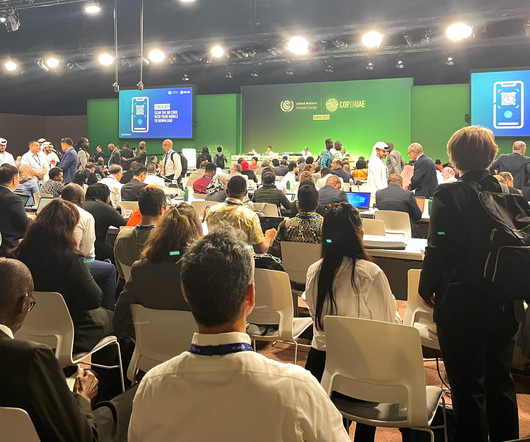
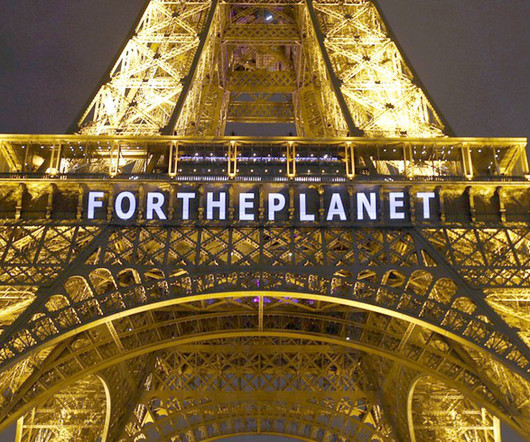

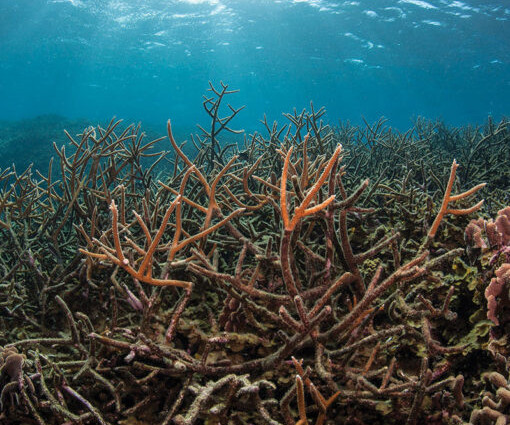
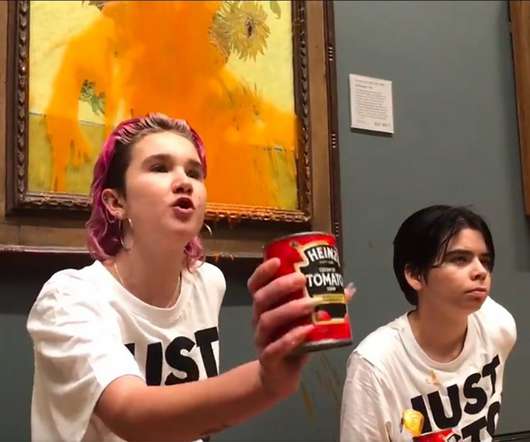


















Let's personalize your content